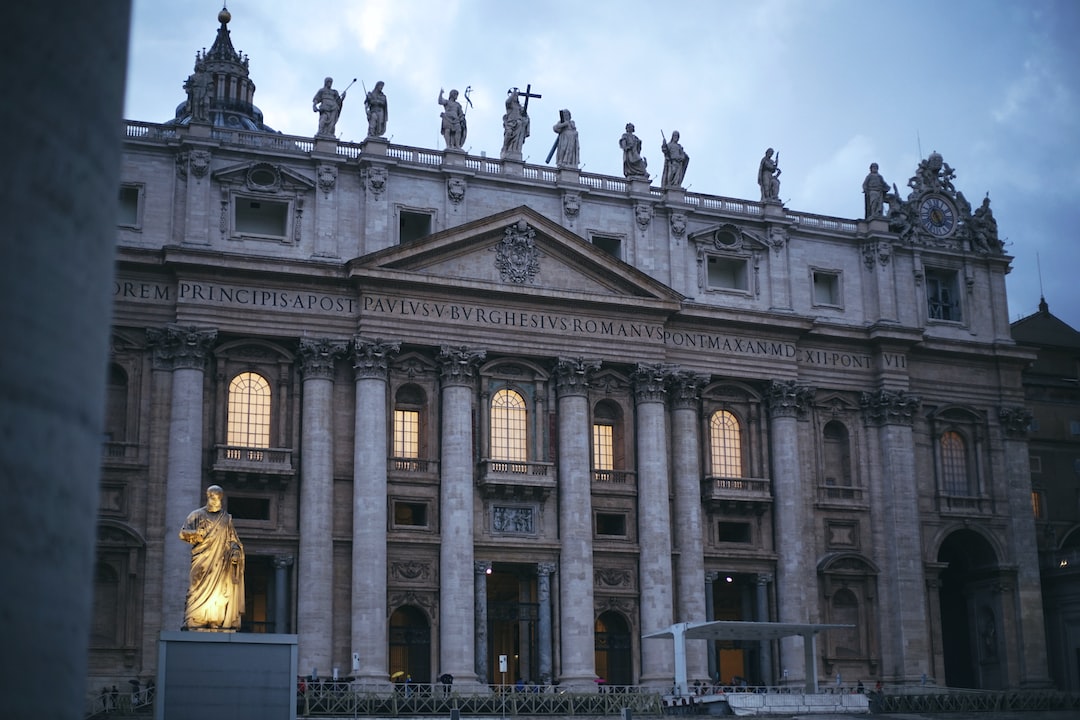Exploring the Renaissance: Key Artists and Their Contributions
The Renaissance period, spanning from the 14th to the 17th century, was a time of cultural and artistic revolution in Europe. It was an era of great innovation, where artists pushed the boundaries of creativity, developing new techniques and styles that continue to inspire us to this day. In this blog post, we will delve into the lives and works of some of the key artists of the Renaissance and explore their contributions to the art world.
Leonardo da Vinci:
Arguably one of the most famous artists of all time, Leonardo da Vinci was a true Renaissance man. Not only was he a masterful painter, but he also excelled in various fields such as science, engineering, and anatomy. His most celebrated artwork, the Mona Lisa, is a testament to his extraordinary talent. The enigmatic smile of the woman in the painting has captivated audiences for centuries, making it one of the most iconic and recognized artworks in the world.
In addition to the Mona Lisa, da Vinci’s The Last Supper is another masterpiece that showcases his remarkable skill. The fresco depicts the final meal of Jesus and his disciples and is renowned for its composition and the emotional depth conveyed through the facial expressions of the figures.
Michelangelo:
Another influential figure of the Renaissance, Michelangelo di Lodovico Buonarroti Simoni, popularly known by his first name, was a sculptor, painter, architect, and poet. His sculptural genius can be seen in works like the Pieta, a marble masterpiece displaying the Virgin Mary holding the lifeless body of Jesus. This sculpture perfectly captures the emotion of grief and exemplifies Michelangelo’s ability to transform stone into living forms.
Michelangelo’s most renowned work, the ceiling of the Sistine Chapel, is a true testament to his artistic prowess. The frescoes depict various scenes from the book of Genesis, with the most famous panel being the Creation of Adam. The vivid colors, intricate details, and grand scale of the frescoes solidify Michelangelo’s position as one of the greatest artists of all time.
Raphael:
Raphael Sanzio, commonly known as Raphael, was an Italian painter and architect and is considered one of the greatest artists of the High Renaissance. His paintings were characterized by their harmony, grace, and idealized beauty. One of his most famous works is The School of Athens, a fresco that showcases a gathering of great philosophers and intellectuals from history, embodying the ideals of the Renaissance.
The use of perspective, depth, and the skillful portrayal of human figures in The School of Athens exemplify Raphael’s mastery. His ability to capture the essence of his subjects in a realistic yet idealized manner set him apart as a true visionary of his time.
Sandro Botticelli:
Sandro Botticelli, an Italian painter of the Early Renaissance, is best known for his masterpieces, The Birth of Venus and Primavera. These paintings demonstrate Botticelli’s love for mythological subject matter, his attention to detail, and his use of vibrant colors. The Birth of Venus, in particular, with its depiction of the goddess emerging from the sea, has become an enduring symbol of the Renaissance period.
Botticelli’s delicate brushwork and his ability to convey a sense of movement and grace made his works truly unique and influential within the artistic community.
In conclusion, the Renaissance period was an incredible time of artistic exploration and innovation, and the works of Leonardo da Vinci, Michelangelo, Raphael, and Sandro Botticelli continue to inspire and captivate audiences around the world. These artists pushed the boundaries of creativity, forever changing the art world and leaving a lasting impact on the generations that followed. The beauty, skill, and creativity displayed in their works showcase the true essence of the Renaissance and remind us of the timeless nature of art.


